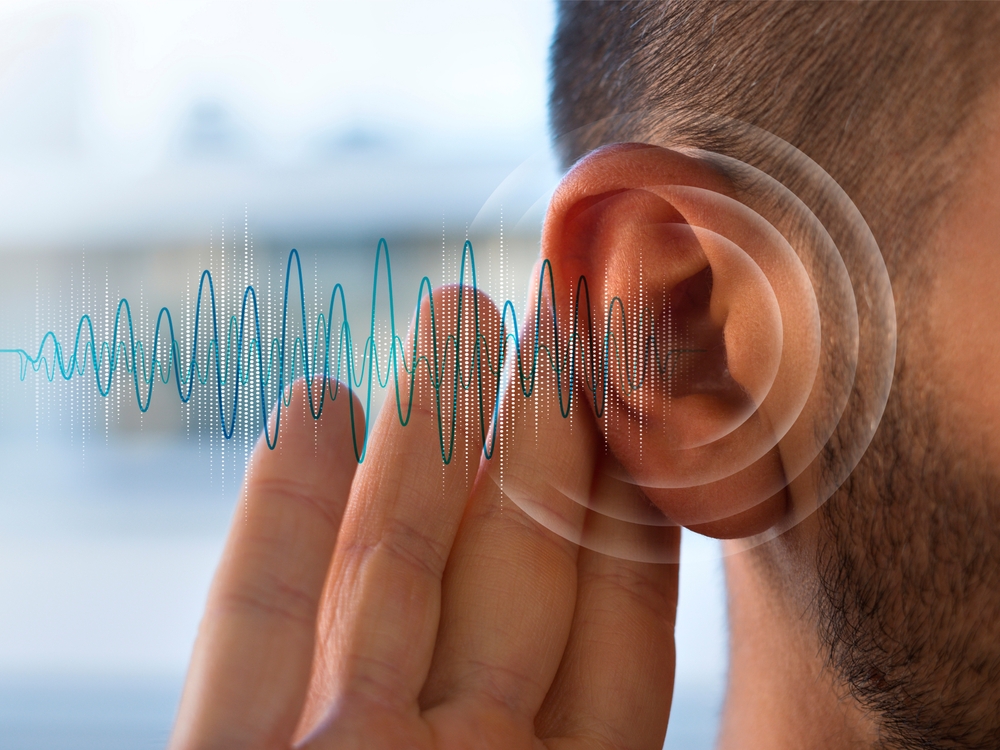
In the hectic frenzy of everyday life, our ears often shoulder the burden of neglect and inadvertent harm. From the allure of ear candling to the seemingly harmless act of utilizing cotton swabs, our auditory health can suffer from these prevalent yet dangerous practices. What follows are a few strategies you can use to help safeguard the health of your hearing.
Say good by to ear candling
Ear candling, an ancient technique purported to draw out earwax and improve ear health, has gained popularity despite lacking scientific merit. The process involves inserting a hollow candle inside of the ear canal and igniting the opposite end, with the belief that a vacuum is created, drawing out impurities. However, numerous studies have debunked this practice, highlighting its ineffectiveness and potential risks.
Not only does ear candling fail to remove earwax effectively, but it also poses significant risks. The application of heat near the sensitive structures of the ear can lead to burns, perforated eardrums, and even exacerbate existing issues. Also, the residue left behind after ear candling often is comprised of candle wax and debris rather than extracted earwax.
In light of these findings, medical professionals universally warn against the use of ear candling. There are safer ways to clean your ears than cotton swabs and the FDA and the Academy of Otolaryngology (AAO) warn against using them.
No more cotton swabs
The allure of cotton swabs for ear cleaning is undeniable, with many people turning to these seemingly innocuous tools for maintenance. But there are more dangers than benefits to inserting a cotton swab into your ear canal. Impaction and potential injury can be the result of using cotton swabs rather than actually cleaning out earwax.
The eardrum is delicate and objects like cotton swabs can cause considerable damage. Injuries, like perforations or abrasions can happen, resulting in pain, infection, and hearing loss. It would be better to obtain professional help if necessary or otherwise rely on your ear’s self-cleaning ability rather than putting any object in the ear.
Be mindful of the volume: safeguard against loud noise
It’s a loud world we live in and our ears are continuously being assaulted by noises of all different volumes. Exposure to loud noise is unavoidable, from going to sporting events and concerts to strolling down noisy city streets to mowing your lawn. Over-exposure to loud sounds like these can have negative effects on your hearing health resulting in tinnitus and noise-related hearing loss.
It’s crucial to utilize hearing protection and, if possible, avoid very loud settings in order to avoid damage. Whenever you can’t steer clear of really loud noise, protection like earplugs and earmuffs should be utilized.
Also, take regular breaks and moderate the volume when you’re using personal listening devices like headphones and earpods.
Listen to your ears: act promptly on symptoms
Perhaps the most crucial aspect of preserving optimal hearing health is being alert to the signals your ears provide and taking prompt action in response to any concerning symptoms. In spite of the availability of advanced treatments, including hearing aids, holding off on intervention can exacerbate hearing loss and complicate management.
If you have symptoms like ringing in the ears, difficulty understanding speech, or pain or pressure in your ears, it’s essential that you acknowledge it. Schedule an appointment with us right away if you experience any of these symptoms. Early detection and intervention can substantially improve results and improve your quality of life.
Your ability to successfully navigate the landscape of your life depends on you keeping your hearing as healthy as you can. By adopting these four strategies, avoiding ear candling and cotton swabs, protecting against loud noise, and understanding early warning signs, we can preserve our precious sense of hearing and cherish the symphony of sounds that enrich our existence.
Call us immediately for an assessment if you are suffering from ear damage or hearing loss.



